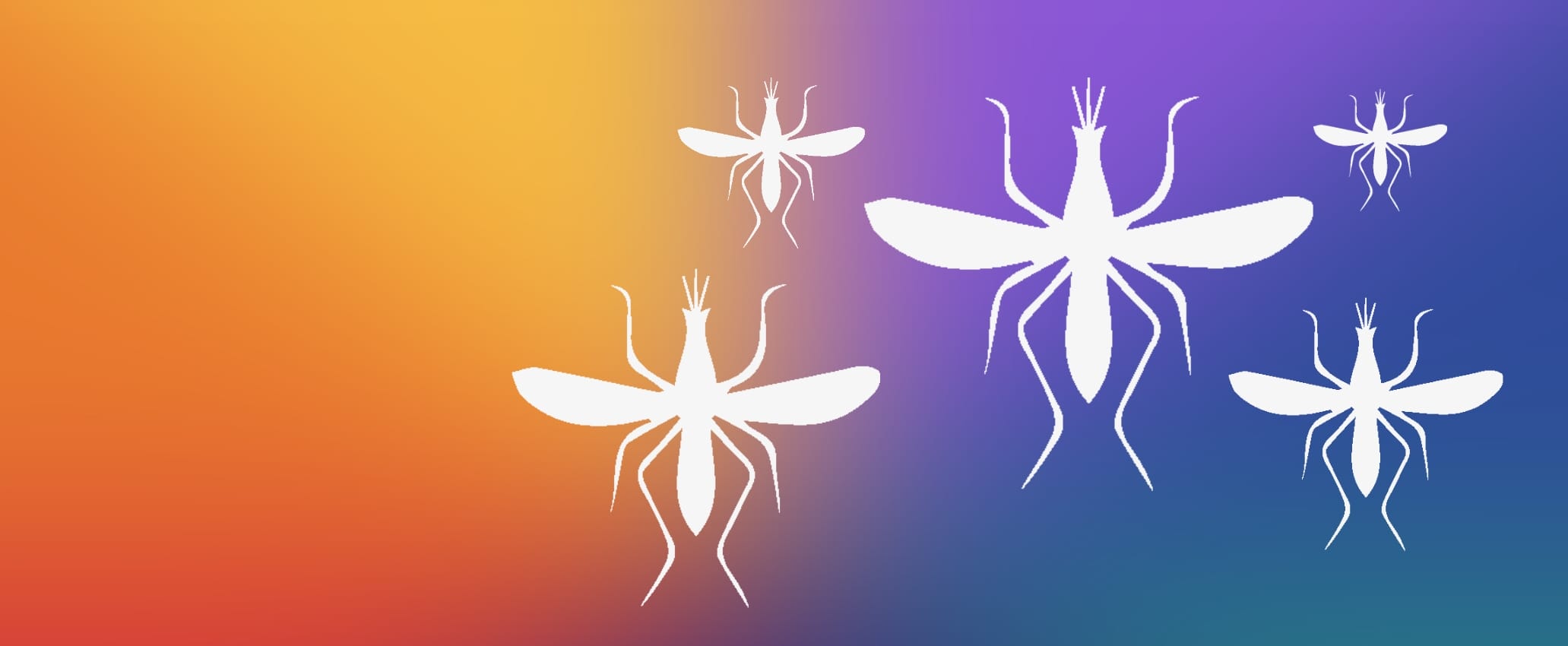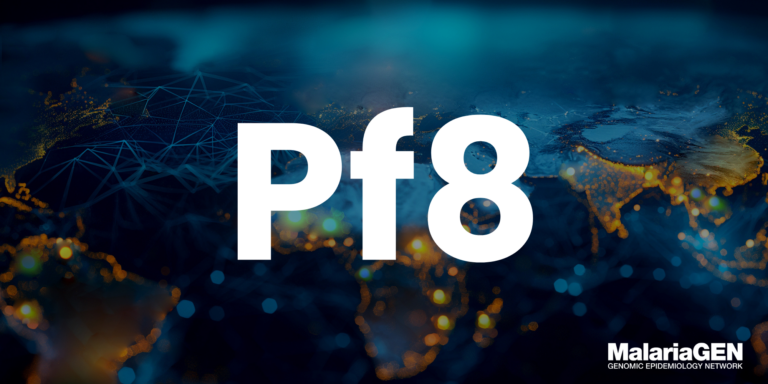In the fight against malaria, insecticide-treated bed nets have been a game-changer, serving as a frontline defence against mosquito bites. But there’s a catch: so far, these nets have all been treated with a single class of insecticide known as pyrethroids. Pyrethroids work by binding to certain membrane proteins in the insect’s nerves, which disrupts their nervous systems and eventually kills them. But over time, mosquitoes have evolved to resist these chemicals, making the nets far less effective in many malaria hotspots around the world.
Recognising this threat, the WHO published new recommendations on two new dual active ingredient long-lasting insecticidal nets (LLINs) in 2023. These new nets pair pyrethroids with other active ingredients like chlorfenapyr or pyriproxyfen. The hope is that it will be difficult for mosquitoes to evolve resistance to multiple ingredients that work in different ways. In theory, this solves the resistance problem – at least for now.
As countries begin to roll out these new tools across malaria-endemic regions of Africa, a question looms: how can we ensure that they stay effective? History has shown us that mosquitoes will eventually find ways to sidestep these new defences as well. It’s not a matter of if, but when.
To stay ahead of the curve, we need to unravel how resistance develops – deciphering the genetic and biochemical tricks mosquitoes use to dodge insecticides. This is a thorny challenge that demands continuous innovation and vigilance.
To mark World Mosquito Day, hear from three MalariaGEN partners about the role that genomic data resources and capacity building can play in malaria vector control across Africa.
Why is it important to continue building genomic data resources and tools to discover and track new forms of resistance?
Dr Elijah Juma
Program Manager - Vector Genomics at PAMCA (Pan-African Mosquito Control Association)
To get ahead of mosquito vectors, new insecticidal products with new modes of action that have been in the R&D pipeline are now being rolled out and deployed for insecticidal control at an operational scale in most malaria-endemic countries. However, we know that mosquitoes and [humans] are engaged in a vicious evolutionary arms race. With their short generation times, mosquitoes adaptively accumulate beneficial mutations that enable them to adapt favourably to insecticidal pressures. These mutations can spread rapidly through entire populations within just 5-10 years.
This calls for proactive insecticide resistance monitoring and management, and this is where I see the real value of genomic surveillance. Genomic surveillance provides national malaria control programmes (NMCPs) with the capability to detect early mutations or other forms of adaptive evolution, characterise them, develop markers to monitor their evolution, and develop and implement countermeasures to ensure that the insecticidal tools remain effective while new ones in the pipeline are brought to the marketplace.
Dr Luna Kamau
Senior Principal Research Scientist and Deputy Director at KEMRI, Kenya
The resilience of the Anopheles vector of malaria is remarkable. Already, even before the widespread use of pyrethroid and piperonyl butoxide LLINs currently considered among the most effective defences against resistant populations, insecticide resistance variants that confer stronger pyrethroid resistance have been detected in Kenya and could compromise the efficacy of these new types of LLINs.
Incorporating genomics in comprehensive, routine vector surveillance for detecting and tracking resistance is the only way to ensure that vector control tools employing new insecticides and their combinations remain efficacious.
Dr El Hadji Amadou Niang
Deputy Director of Laboratoire d’Ecologie Vectorielle et Parasitaire, Universite Cheikh Anta Diop Acting Executive Director at PAMCA Co-Chair of the RBM Vector Control Working Group
Whenever we introduce new interventions, mosquito populations will be under pressure and their population genetic structures will start to change. In the past, we typically deployed interventions and monitored their impact, often only recognising resistance once it was already established. At that point, we could react and manage the situation, but it was a reactive approach. With genomics capacity growing and becoming more affordable, we now have the opportunity to be proactive in managing insecticide resistance. Genomic surveillance allows us to detect any signals related to resistance that emerge soon after the deployment of new interventions. If these signals indicate potential resistance, we can react to that very quickly.
How can we strengthen decentralised genomics capacity across Africa to stay ahead of resistance?
Dr Elijah Juma
Decentralised genomic surveillance capacity will be critical for endemic countries to rapidly monitor and manage the evolution of insecticide resistance in major malaria vectors in Africa. Time is one of the most important currencies for this. Failure to detect adaptive evolution in major malaria vectors on time means lost momentum to institute mitigation measures, resulting in the rapid loss of effectiveness of insecticidal interventions that could have been sustained longer. PAMCA has a critical mandate in creating a platform for the genomic surveillance community on the African continent to work together in a concerted manner to tackle the ever-evolving challenge of insecticide resistance. In addition, PAMCA continues to build and strengthen south-south and north-south partnerships that mobilise resources (human, infrastructure, funding) to support genomics surveillance work on the continent.
I feel that Africa's vector genomics community has grown in the last five years or so, and tremendous work has been done to shed light on the challenge of insecticide resistance across the continent. Now more than ever, the community needs to redouble its efforts in genomic surveillance work with the anticipated full-scale deployment of the dual active LLINs.
Dr Luna Kamau
Building capacities for genomic surveillance and availing resources for this is crucial. The MalariaGEN-PAMCA Anopheles training in data analysis for genomic surveillance of African malaria vectors designed for scientists and data analysts in African research groups and NMCPs is an excellent example of partnership towards building capacity for genomic surveillance. Beyond building capacity, this training – especially when NMCPs are involved – contributes to an increased appreciation for the important role of genomics in informing vector control efforts. This approach should lead to a greater commitment to prioritise support for genomic surveillance for malaria vector control.
Outsmarting resistance using the next generation of bed nets
Dr El Hadji Amadou Niang
In Senegal, we’re planning a mass campaign to deploy new-generation IG2 nets next year. We expect that this will apply selection pressures on mosquitoes, prompting them to develop resistance to insecticides used in them. Any early warning signs of this will be useful for shaping vector control strategies. Fortunately, we have been laying the foundations for conducting genomic surveillance to gather this information as soon as we can.
As my lab at the Univerity of Cheikh Anta Diop (UCAD) is the national reference unit for the NMCP, we've been supporting their malaria vector control interventions since its inception, monitoring all the activities and leading entomological surveillance across the country. As we anticipate that new resistance traits will emerge, now is the time to build on ongoing work to generate baseline data from genomic surveillance to inform NMCPs.
Through the collaborative efforts of our partners, we aim to generate comprehensive data on malaria vectors in Senegal, including relevant metadata – location, climate, ecological, and more – which will strengthen our evidence base. We also plan to develop mathematical models to predict potential outcomes when new vector control tools like new generation bed nets are deployed. Once genetic markers are identified from natural mosquito populations, we want to conduct experimental studies in a controlled environment to deepen our knowledge of mosquito adaptations in response to interventions.
I also recently joined the RBM Vector Control Working Group as co-chair, and one of the first tasks I am committing myself to is to create more cohesion among the various African malaria genomics research groups by breaking up the siloed way of working that is all too common. Through this role, I will also be facilitating a consultative community to reinforce the relationships between all organisations working in the malaria genomics space to share knowledge for better decision-making.
To mark World Mosquito Day, register for our next Journal Club on 27th August, where Dr Kelly Bennett will explore a recent study on the discovery of Anopheles coluzzii mosquitoes in Kenya for the first time.





